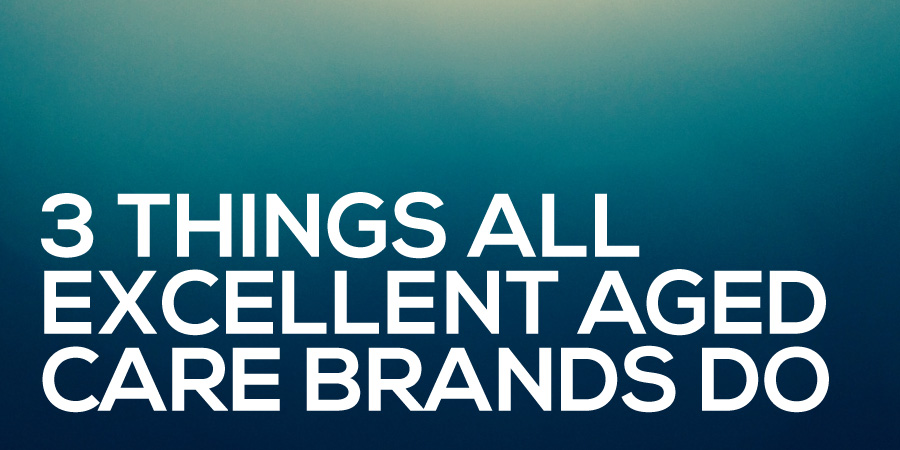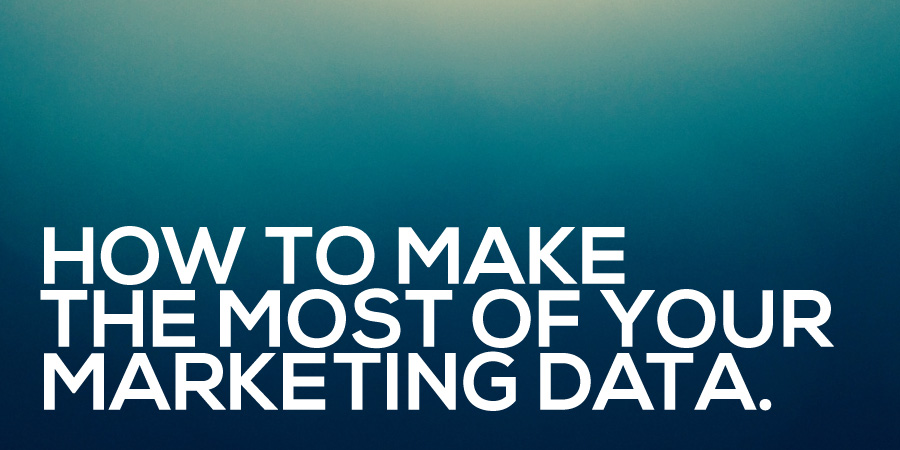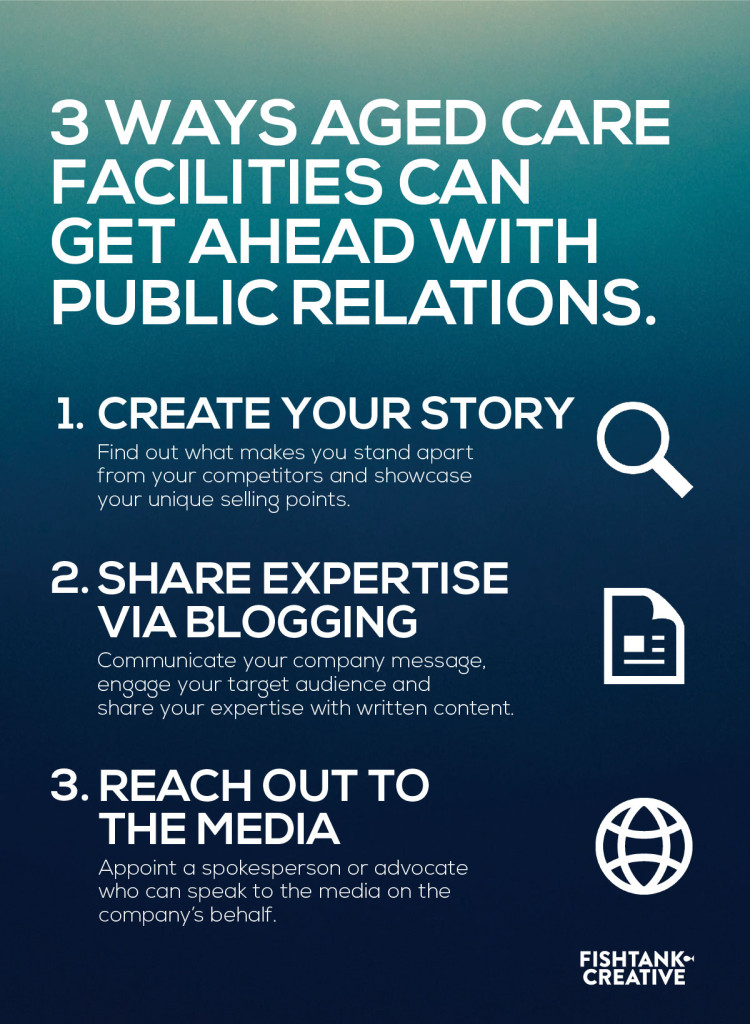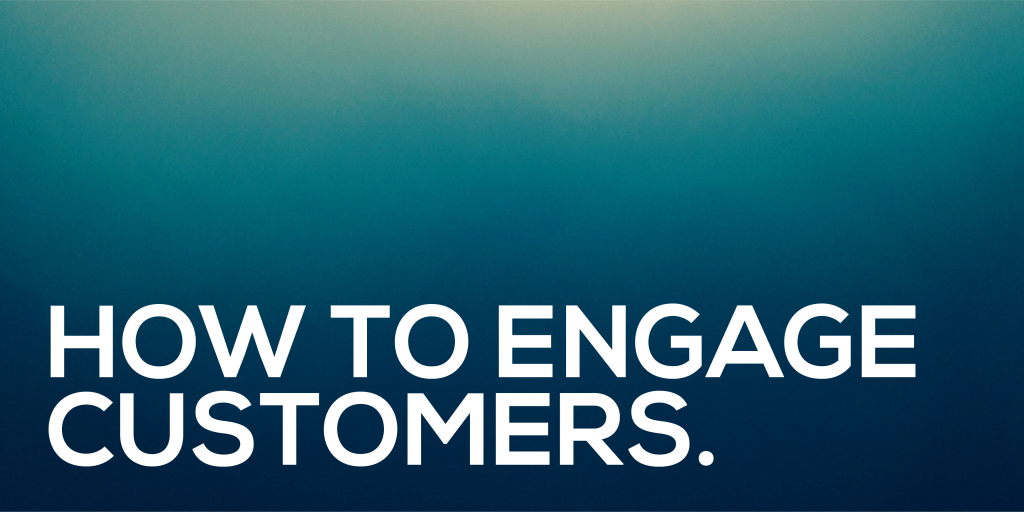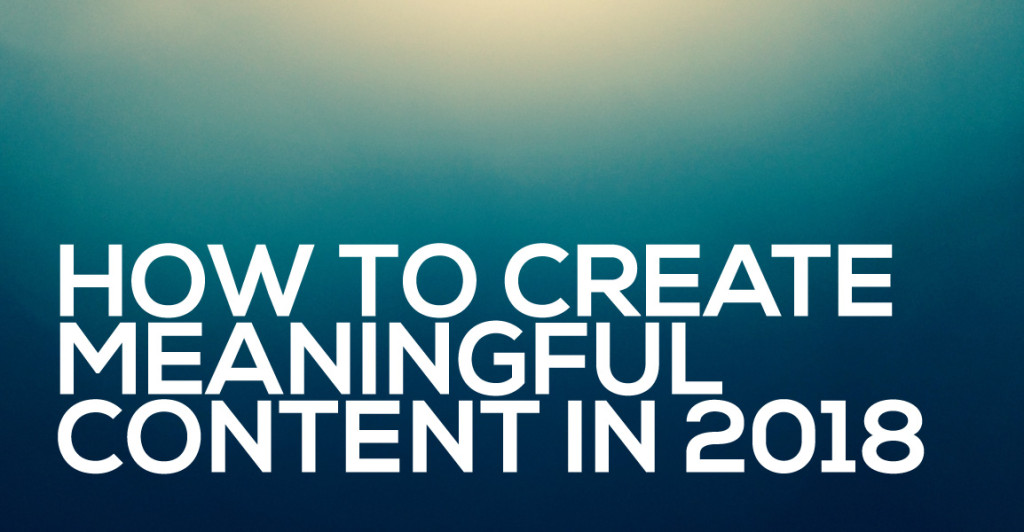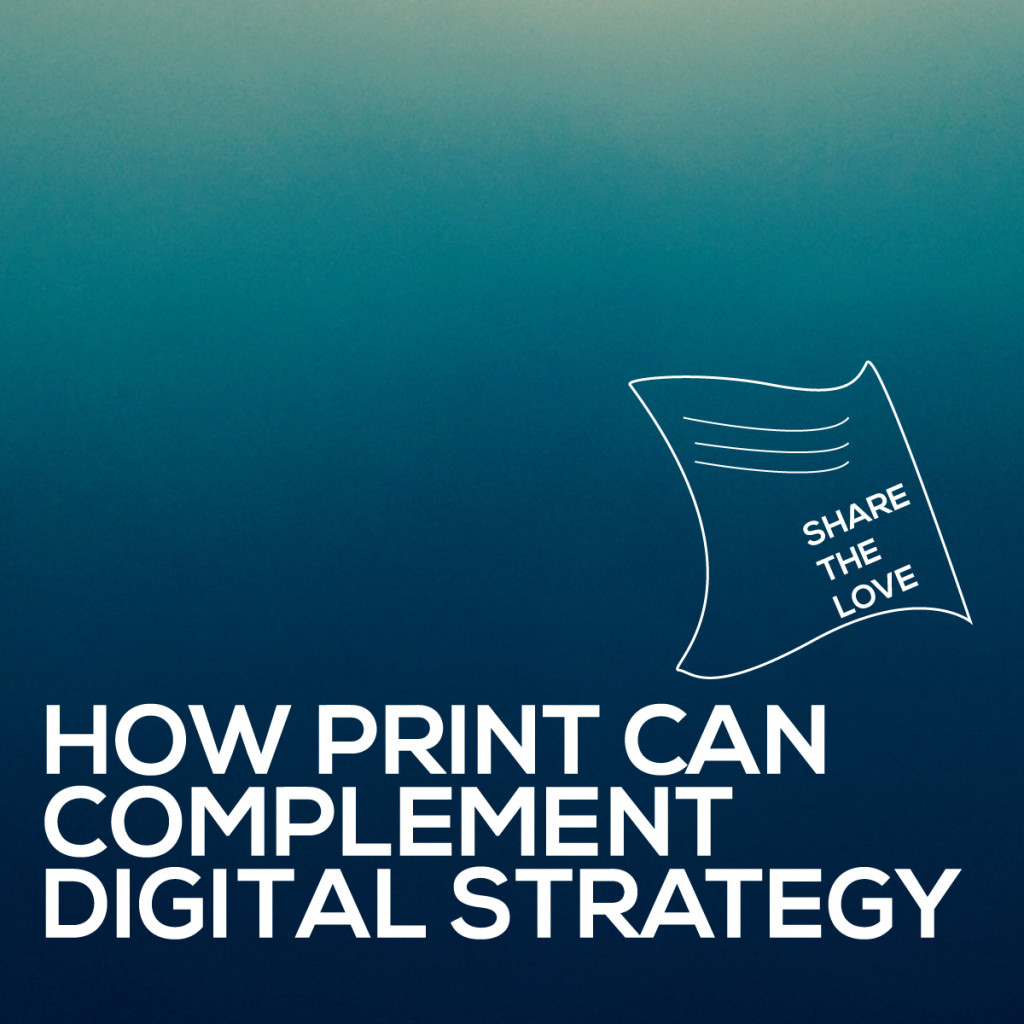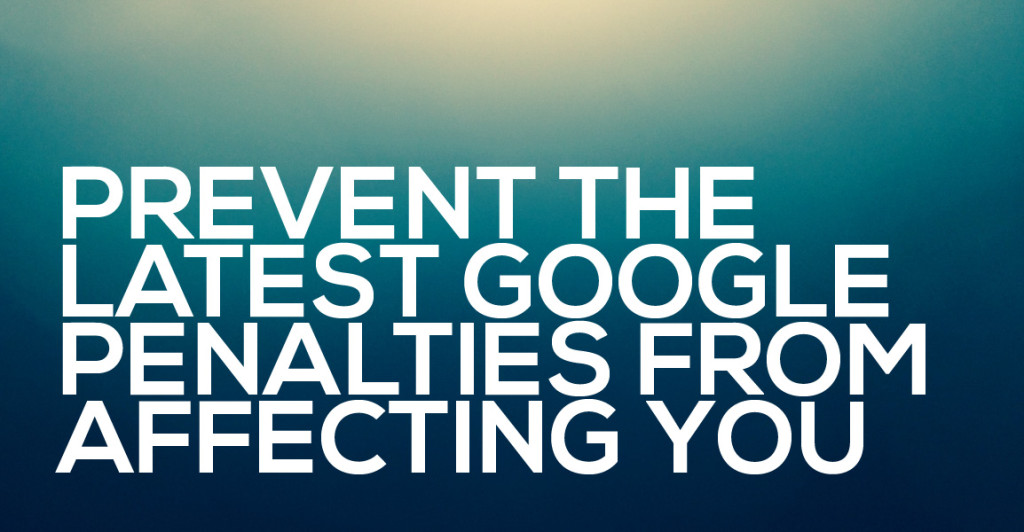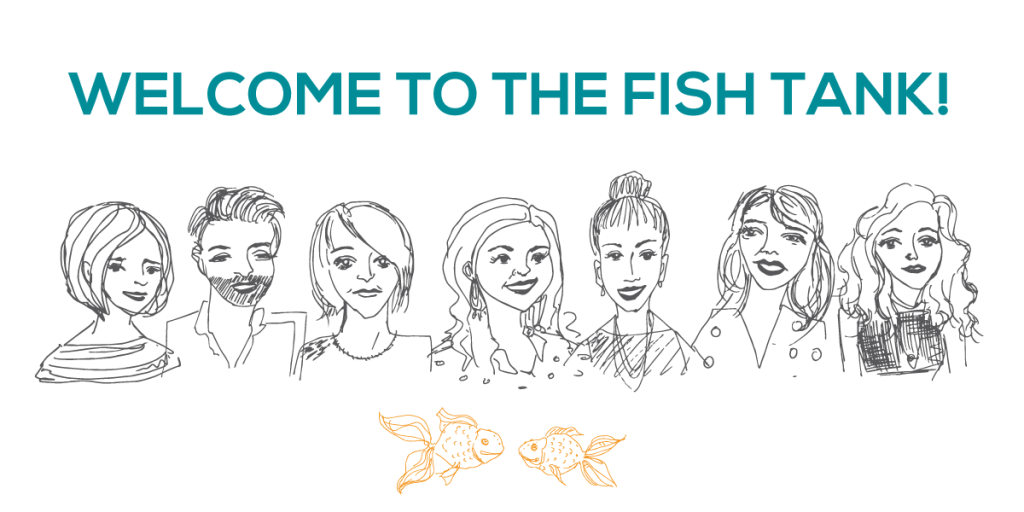
In 2017, our team expanded, widening our talent pool and growing our fish tank larger than it’s ever been. We’ve made huge strides in our industry, driving brands forward, connecting with target audiences and adding value to many organisations.
Swim on in and get to know our team…
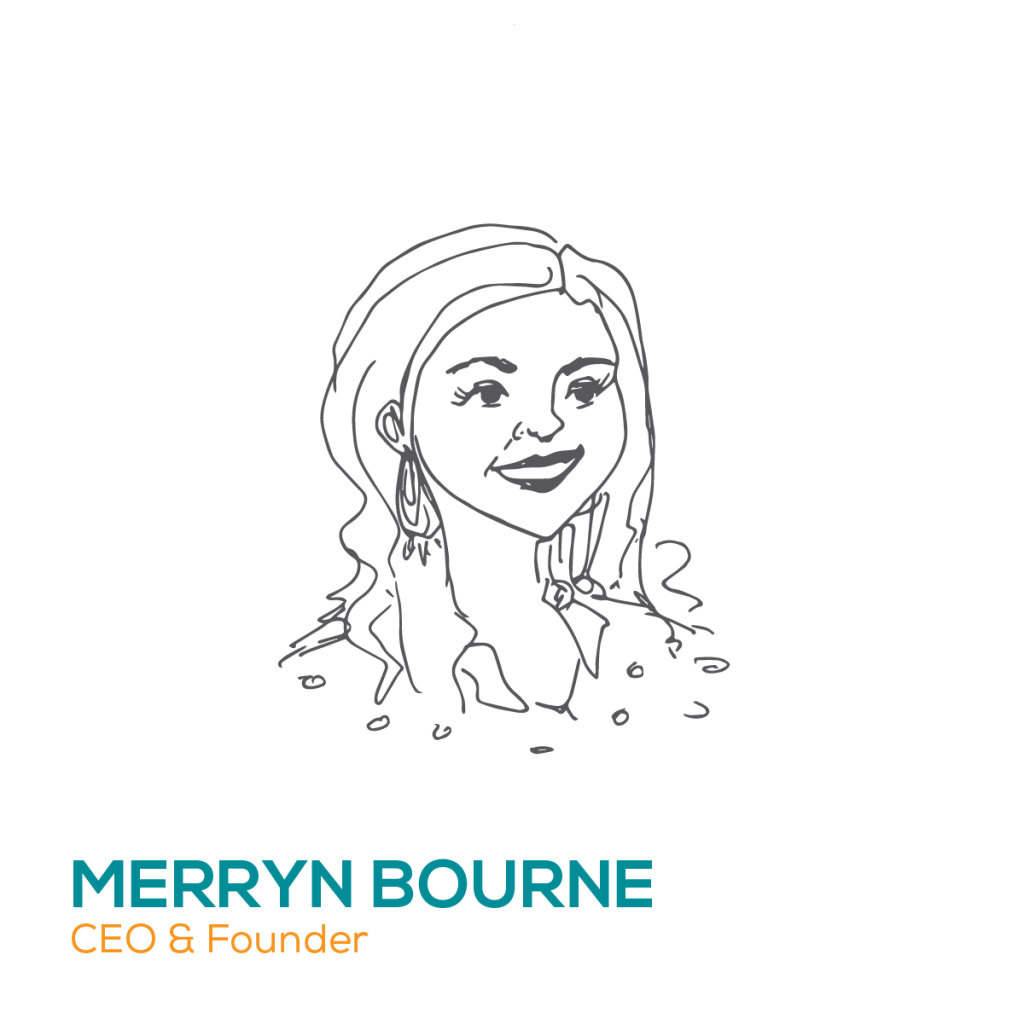
Merryn Bourne, CEO & Founder
Merryn started Fish Tank Creative almost ten years ago in 2008, out of her creative industry experience in both design and marketing. With her passion for design, charming and upbeat personality, Merryn wears a hundred different hats in this company, balancing her role as CEO with creative strategy, accounts, HR, business sales and even dabbling in design. Plus, she somehow still has plenty of time to spend with her beautiful, young family.
How did you get into the line of work you’re in?
Natural progression. I knew I wanted to be an art director while studying 2D/3D art and social science at school. This was then confirmed by my work experience with George Paterson bates in Year 10 and later Bryce Courternay. My time at University taught me how to take artistic and creative ideas and make them commercially viable. From there, my experience in the real world, working in lifestyle advertising and corporate marketing for 20 years taught me other valuable lessons, like the fact that image is everything the skill of taking customers wants and needs and creating a solution.
What’s your favourite part of the job?
Meeting people, and showing them how the solution works to fix their problem.
What are your hobbies?
Relaxing on the beach, being with my family and laughing with my besties.
If you were a fish, which would you be?
The angel fish, all embellished and sparkly.

Lyn Taylor, Studio Manager
The most recent addition to the Fish Tank Team, Lyn is buzzing with helpful management strategies and insightful ways to improve our processes. She has seventeen years’ experience in the creative industries and is also a well-known photographer in Sydney’s fashion and music scenes.
How did you get into the line of work you’re in?
I started in project management in the creative industry – I thought it would be a perfect combination of creative and strategy.
What’s your favourite part of the job?
Thinking of new ways to assist the FTC team and getting to know our clients.
What are your hobbies?
Photography, playing, guitar and hanging out with my family.
If you were a fish, which would you be?
A puffer fish, haha.
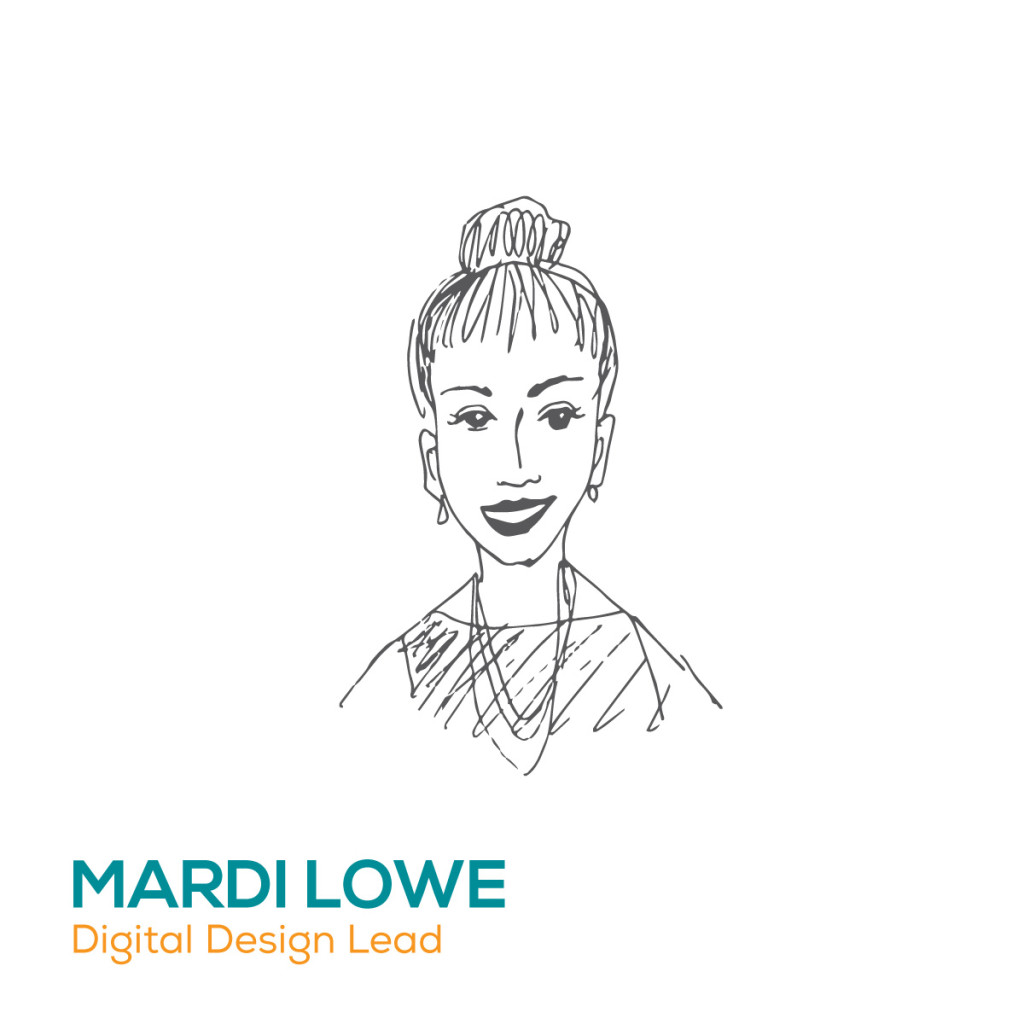
Mardi Lowe, Digital Design Lead
Mardi combines the distinctive worlds of web development and design with a unique passion and talent for both. She’s an instrumental member of the Fish Tank team, having blessed our Chippendale studio with her cheery, friendly energy and joyful presence for three and a half years.
How did you land up in the line of work you’re in?
I knew from a young age I wanted to be in the creative industry. My first job straight out of school was a Prepress and Graphic Arts apprenticeship, which taught me the design fundamentals of print. From there, I moved from print into the design world.
What’s your favourite part of the job?
For a long time, I’ve wanted to use my design skills for something that could help the world, even in a small way. Working in aged care has been the most rewarding for me at Fish Tank Creative. I feel good knowing our ideas have been used to help families and elderly people.
What are your hobbies?
Scuba diving, yoga, fitness and reading.
If you were a fish, which would you be?
A parrot fish. They’re just so bright and colourful!
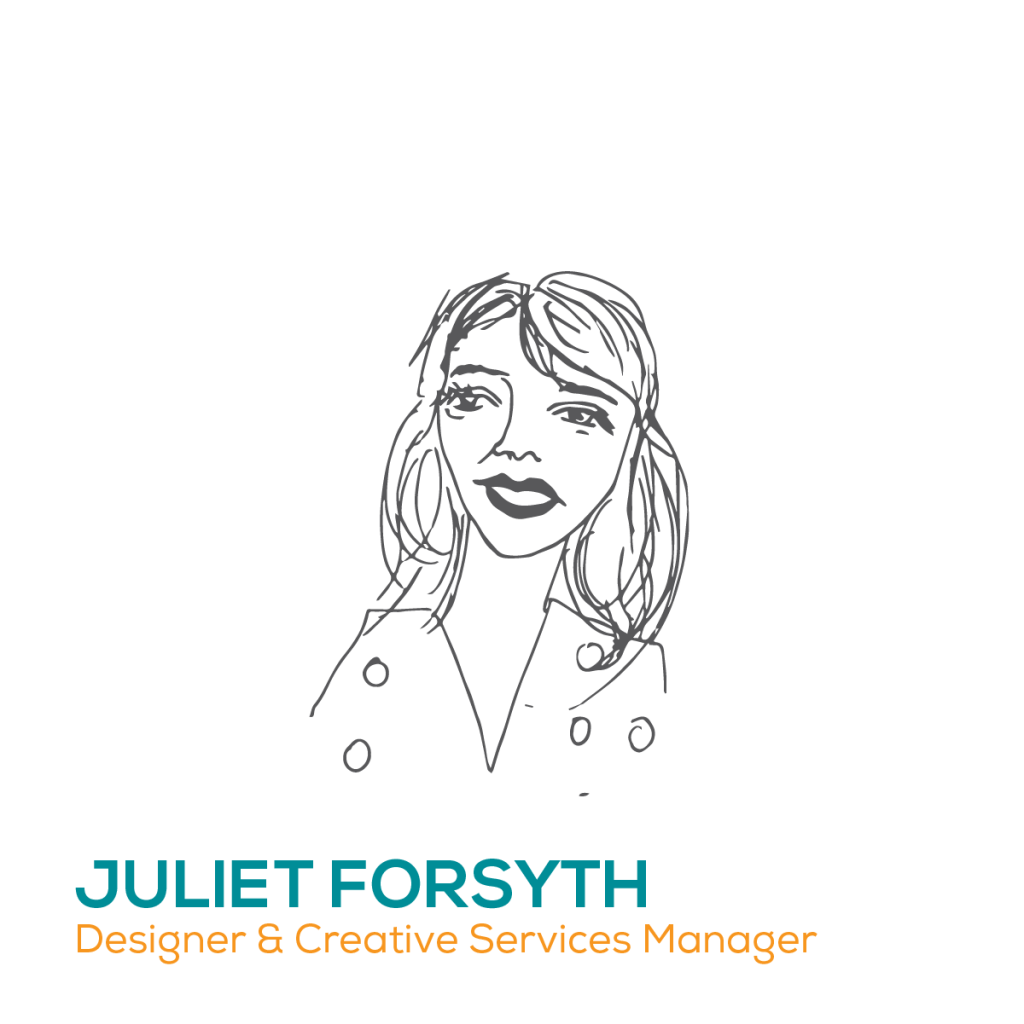
Juliet Forsyth, Designer & Creative Services Manager
Juliet’s background in fine art gives her graphic design work a unique edge. In the two years she’s been with Fish Tank Creative, we’re yet to see her without a sketchpad in her bag or doodles in her meeting notes. But her talents extend beyond art – she’s got a good instinct for marketing and her mind always is full of creative, out of the box ideas.
How did you get into the line of work you’re in?
I started out studying art, which slid into time-based art which slid into animation which slid into digital media which slid into design …It was a slippery slope.
What’s your favourite part of the job?
Whenever we get a new project that allows us to be super creative and make something beautiful.
What are your hobbies?
Drawing, dungeons and dragons and bush walking.
If you were a fish, which would you be?
A Bristlenose Catfish, obviously.
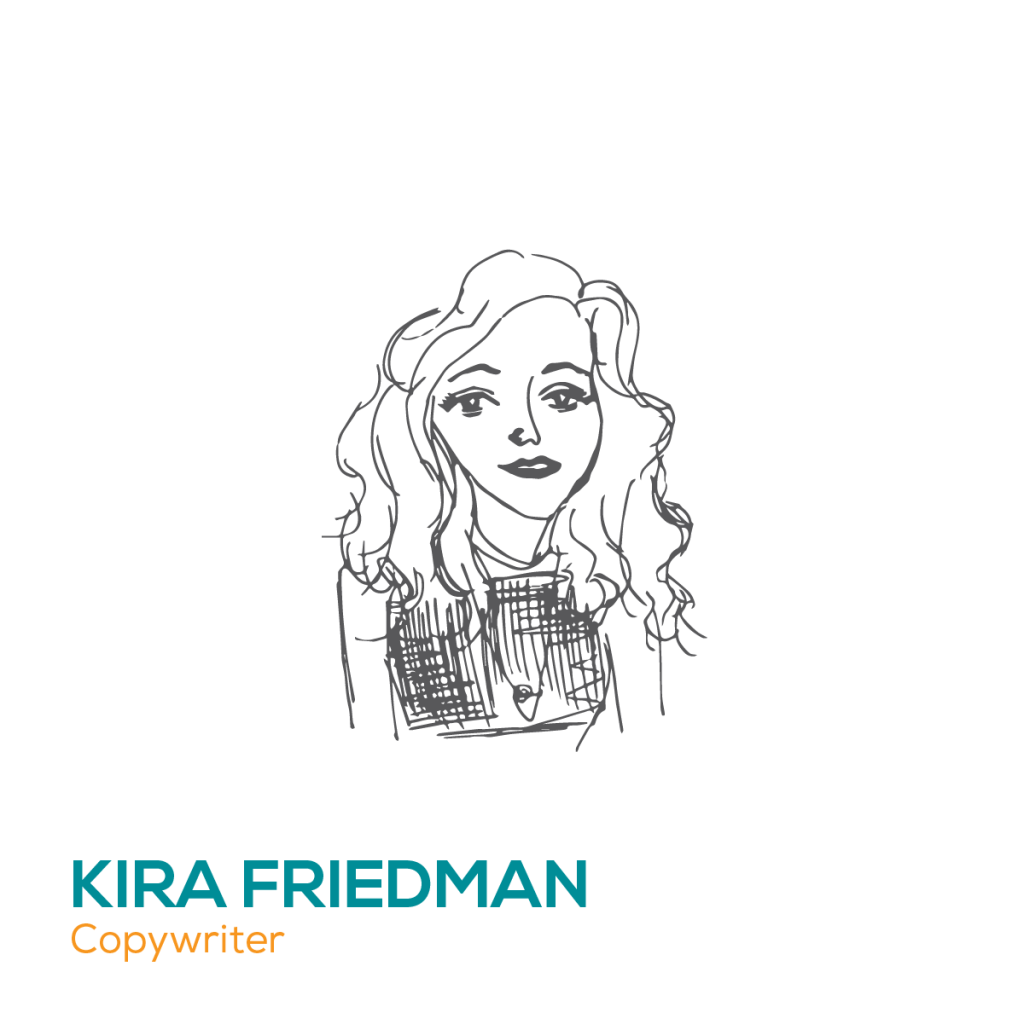
Kira Friedman, Copywriter
Word obsessed and a bit of a book nerd, Kira just returned from six months studying literature in Edinburgh, Scotland. She loves making complex ideas sound simple, striving to help brands’ unique personalities shine through.
How did you get into the line of work you’re in?
I’ve always been interested in the art of writing, but I’ve recently discovered the art of branding. There’s something very satisfying about listening to a client and helping them build their marketing goals.
What’s your favourite part of the job?
Getting to write cool articles like this one…
What are your hobbies?
Travelling, cooking and reading.
If you were a fish, which would you be?
A Neon Tetra, they’re tiny and look just like a regular fish, but that glowing strip always catches your eye.

Farhan Saeed, Web Developer
Farhan moved to Australia just one and a half years ago from Pakistan and is now doing his Masters in IT. He’s a web development and coding whizz, constantly impressing us with his coding skills and keeping us up to date with the latest in the tech world.
How did you get into the line of work you’re in?
It was my love for technology. I started off as a freelance writer, and was not very good at it. A few months into freelancing, I started my computer science degree and saw how much I could do with what I learn in class. Then I just kept learning new things to keep up with the changing needs of clients, which was both challenging and enjoyable. Time just flew from there.
What’s your favourite part of the job?
I can work from anywhere.
What are your hobbies?
Cricket, music, movies and TV shows.
If you were a fish, which would you be?
I don’t know… I don’t even know what type of fish we have in our office tank.
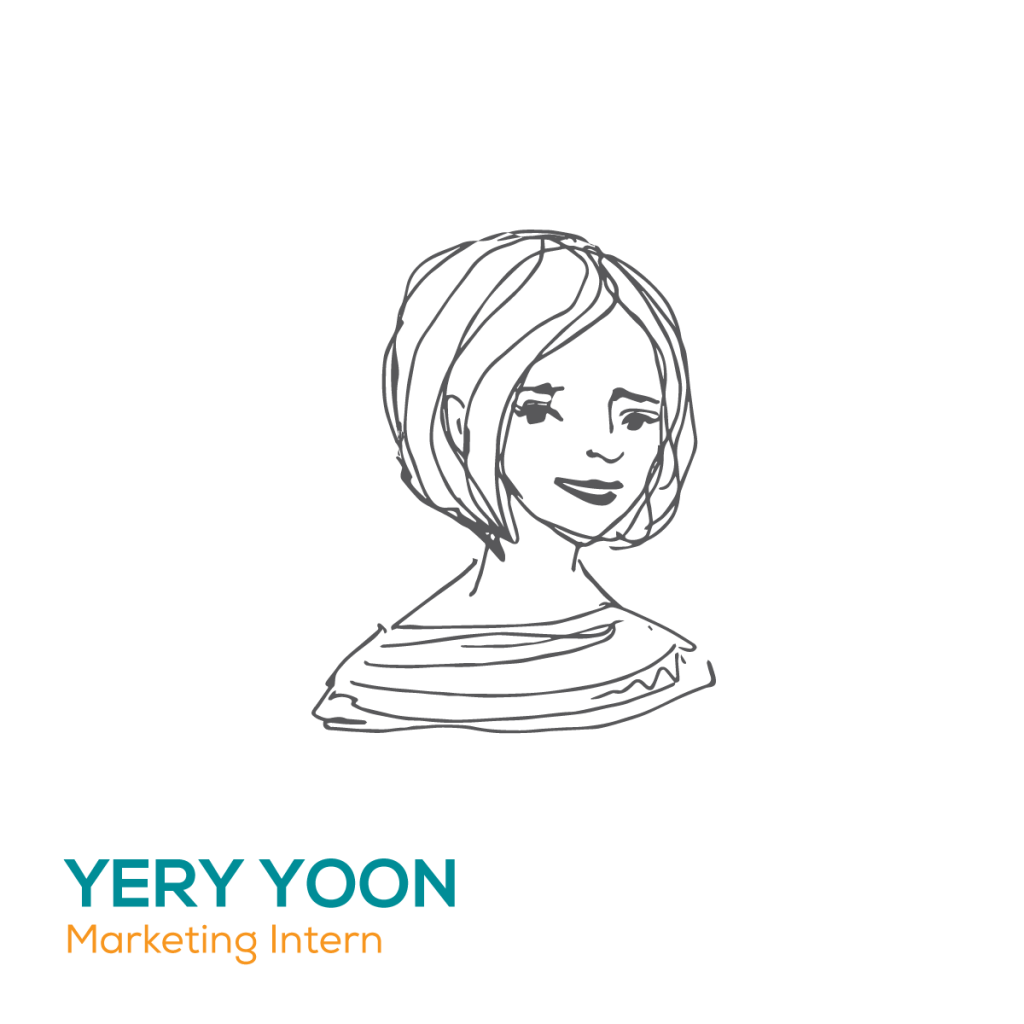
Yery Yoon, Marketing Intern
A qualified optometrist, budding artist and talented photographer, Yery is a bright and friendly member of the Fish Tank Team. She’s fluent in Korean, loves fashion and is always keen to extend her marketing skills. In fact, she’s headed back to school next year to pursue her passion, Media Productions.
How did you get into the line of work you’re in?
(as a marketing intern): I was working at a small independent optometry practice where we had to all participate in a bit of everything to run a business and it sparked an interest in marketing. It lead me to actively paying attention to the way brands tried to win my attention as a consumer.
What’s your favourite part of the job?
Understanding what people may be interested in and engaging with them to entertain or inform them of their needs.
What are your hobbies?
Drawing, reading, taking photos, binge watching tv series
If you were a fish, which would you be?
The Finding Nemo fish because it’s cute to look at.
Cleo and Otto, Studio Mascots
Tasked with the important role of swimming about all day and night, Cleo and Otto are 24/7 studio security guards, supervising the team and making sure nothing un-fishy is going on.
Looking to build your branding and communication strategy in the New Year? The Merryn Bourne Creative team can develop your marketing strategy and design you a brand image that perfectly aligns with your organisation. For an obligation-free chat, contact Merryn on 02 8399 2223.

